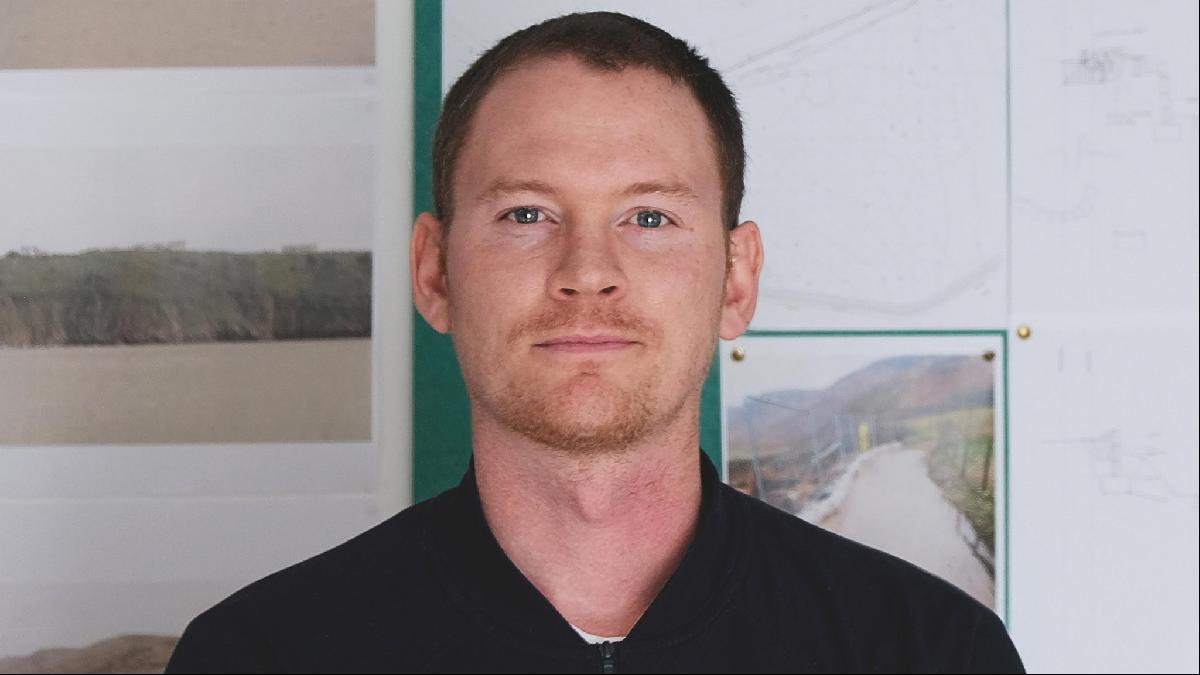
As told to Marta Bausells
Joyful sustainability — Hugh McEwen and Catrina Stewart, founders of Office S&M

Our prediction is that radical approaches to sustainability will become part of architectural design language. It isn't enough to only deliver a hair-shirt, austere-chic type of sustainability since this can't have the impact that is required. Such a myopic vision of sustainability also excludes the wellbeing benefits that can be delivered by joyful design.
We need to — and will — continue to find ways to deliver net zero carbon in construction and operation, while improving architecture’s potential to deliver social good. These approaches will be human-centric — delivering spaces that are comfortable and pleasurable rather than self-flagellating. Wellbeing benefits, twinned with character, will deliver health and happiness through architecture.
Neutral design — Jonas Bjerre-Poulsen, founding partner of Norm Architects

I believe that the built environment needs to be re-sensualised. It often seems today that the way a project is presented in the digital world is more important to architects and designers than the actual haptic qualities of the space. To create a better and more sustainable future, we need to work with natural forms, natural materials and natural colours to create spaces and objects that engage with our innate aesthetic preference for the natural world.
Architects and designers play an important role in creating a certain stillness in our daily lives by returning to our basic needs of shelter, utility, beauty and belonging without the complexity of the modern day. This can be achieved by simplifying design and by being intentional about its sensorial impacts. And by working with neutrals, the designer can create timeless spaces that let the user overlay the colour of everyday life. It is my hope that in the coming year this approach will return to interior design.
Building with natural materials — David Ogunmuyiwa, founding partner of Architecture Doing Place

I anticipate that there will be fewer and fewer projects that use materials with high embodied carbon. While there is often a logic for using structural concrete, which makes buildings stand up, there is less of an excuse for the sort of decorative precast, visible concrete elements that many architects still routinely use.
Over the past few years, the Stirling Prize has championed buildings that use new (though essentially ancient) materials such as cork, rammed earth and stone. For both housing and arts projects, as a studio we are very excited to find interesting materials that can be expressed beautifully and decoratively, and which will endure, while avoiding a dependence on embodied carbon.
Fabric-first construction — Ted Swift, Director at Maich Swift Architects

Increasing energy prices, rising construction costs and changing working and living patterns mean architects will need to be more inventive with how they use space and materials. We will need to adopt a fabric-first approach, where the products used in construction are carefully considered to improve the performance, comfort and energy efficiency of our homes.
The demand to integrate environmental design with architecture through the use of natural, healthier and more sustainable building materials will be particularly pressing. We will see many more renewable or reclaimed building products, such as natural and breathable materials (clay and lime-based renders, mortars, plaster and paints) and organic insulation (wood fibre, hemp, sheep’s wool).
Photography: French + Tie; Alexander Meininger; Sandie Lykke Nolsøe; Odi Caspi; Maich Swift Architects

